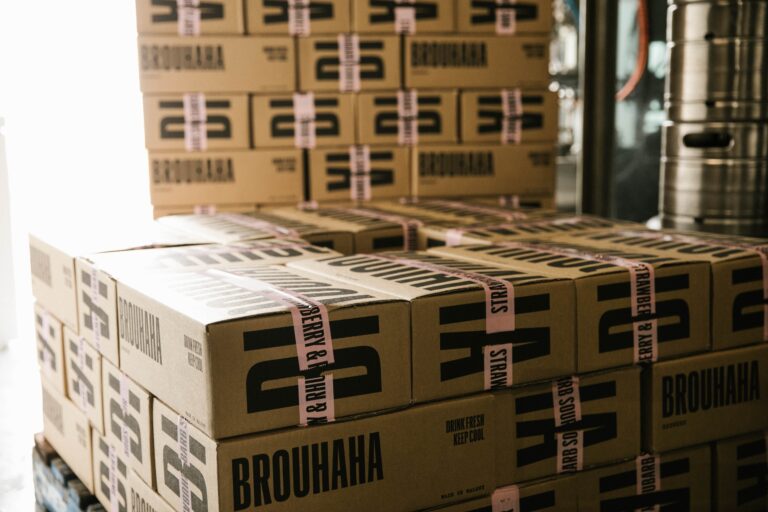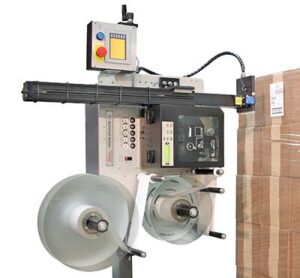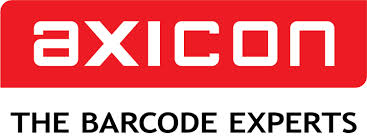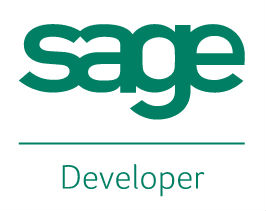
The solutions of Weber Print and Apply are easy to integrate, high quality solutions, designed and developed for industrial environments.
The Weber Marking Systems product line ranges from the identification and marking of the product itself, to the identification of the primary packaging, to the coding or labeling of secondary packaging such as boxes, cases, envelopes, and, the identification and application of labels on pallets.
Pallets are better known as tertiary packaging in industrial jargon and consist of many boxes assembled and wrapped in plastic film which are then palletized to simplify the transport of large production batches. Pallets, however, not only serve to facilitate the transport of goods, but also aim to ensure safety and traceability. For this reason, the productions and the entire supply chain use pallets to track and identify the production of orders. In this article we will explore the topic of pallet identification and labeling, focusing on traceability and safety during shipment within the context of production, warehousing and logistics of different sectors.
Pallet Identification
Every day more and more industries are required to track their products and that is precisely why there is a variety of standards for regulating the identification of pallets. A number of sectors such as the food, pharmaceutical, or logistics industry need to ensure the integrity, reliability and safety of their products through pallet labelling. In this sense, identification of the pallet makes use of a common ground.
Structure of the Pallet Label
The logistics label is a standard label developed by GS1 to identify a pallet or package for logistics or commercial purposes. The GS1 label is mainly divided into 3 sections and has a GS1-128 barcode at the bottom, which is the only mandatory information that must be included on any logistics label.
Information such as the name, the sender’s and recipient’s addresses and the contents of the package are contained in the upper and central section of the label.
The SSCC code is the Serial Shipping Container Code which uniquely identifies the logistic unit and therefore the pallet. This allows every single unit to be traced along the supply chain to identify every single logistic unit and every single physical movement together with the flow of data associated with it. For example, the SSCC code is assigned by the manufacturer of the already packaged product or by the company that palletizes the unit.
The SSCC GS1 label can be reused 12 months after disposal of the logistics unit. However, the GS1 label and standards are not only related to SSCC codes, they also require other types of codes such as GTIN, lot number, serial number and expiration date depending on what you are looking for.
 The Pharmaceutical Industry: Labelling for Traceability and Integrity
The Pharmaceutical Industry: Labelling for Traceability and Integrity
Labeling in the pharmaceutical industry is mandatory to ensure the integrity and safety of medicines and packaging. In the pharmaceutical sector, in addition to identifying packages through serialization , the process known as “aggregation” applies. Aggregation consists in establishing a “parent-child” relationship between different packages, the primary packaging is identified with a code linked to the secondary packaging which in turn contains data and information that are linked to the tertiary packaging and also to the label applied on the pallets.
How to identify the Pallets?
Weber Marking Systems is a leader in industrial labeling and identification with over 50 years of experience in the market and a pioneer in the development and manufacture of electrical labeling systems. One of the main leaders in our electric range is the AP182, a Print & Apply for pallets which, being electric, represents an intrinsically safe system enclosed within a stainless steel cabinet, suitable for industrial environments with extreme conditions.
The AP182 is a system that allows the application of up to 3 GS1 A5 logistic labels on stationary or moving pallets. The system has high performance, allowing the labeling of 90 pallets per hour or 120 pallets per hour depending on the quantity of labels it applies in each cycle. Thanks to a tamp pad, which rotates up to 180 degrees, it is possible to apply labels both horizontally and vertically.
However, it is not the only system in the Weber range for identifying tertiary packaging. In addition to the AP182, Weber presents the LA4050E2A, which is a label Print & Apply system that allows the application of labels on two sides of a pallet thanks to a Swing Arm applicator.













